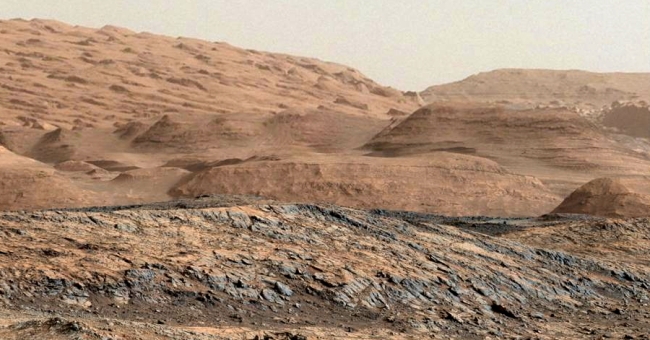Stratolaunch shifts to the small sat market
The competition heats up: Even as Vulcan Aerospace, the company building the Stratolaunch air-launch system, considers its options for the second stage rocket that it will use, it has decided to shift its focus towards the small satellite market, including cubesats.
In a sense, they are now aiming at the same cubesat/smallsat market that Virgin Galactic wants with its LauncherOne air-launched rocket. Whether they can build a system cheap enough for these small satellites to afford, however, remains the big question. Their shifting focus, like Virgin Galactic’s, does not bode well for them.
Stratolaunch of Huntsville, Alabama, has already gone through two earlier iterations of its launch vehicle. When Stratolaunch unveiled its plans in December 2011, it planned on using a variant of SpaceX’s Falcon 9 rocket. Less than a year later, though, Stratolaunch announced it was ending that agreement because SpaceX wanted to focus on the standard version of its Falcon 9.
Stratolaunch then teamed with Orbital Sciences Corp., now Orbital ATK, to develop a launch vehicle. That rocket, called Thunderbolt, featured two solid-fuel stages provided by ATK and an upper stage powered by RL-10 engines from Aerojet Rocketdyne. Like the earlier SpaceX design, Thunderbolt was designed to launch medium-class payloads.
Chuck BeamesChuck Beames. Credit: Vulcan Aerospace
Stratolaunch, though, has set that design aside as it seeks to launch smaller satellites, where the company sees a burgeoning market.
One wonders if the cost of building Stratolaunch will be more than this smallsat market can bear.
The competition heats up: Even as Vulcan Aerospace, the company building the Stratolaunch air-launch system, considers its options for the second stage rocket that it will use, it has decided to shift its focus towards the small satellite market, including cubesats.
In a sense, they are now aiming at the same cubesat/smallsat market that Virgin Galactic wants with its LauncherOne air-launched rocket. Whether they can build a system cheap enough for these small satellites to afford, however, remains the big question. Their shifting focus, like Virgin Galactic’s, does not bode well for them.
Stratolaunch of Huntsville, Alabama, has already gone through two earlier iterations of its launch vehicle. When Stratolaunch unveiled its plans in December 2011, it planned on using a variant of SpaceX’s Falcon 9 rocket. Less than a year later, though, Stratolaunch announced it was ending that agreement because SpaceX wanted to focus on the standard version of its Falcon 9.
Stratolaunch then teamed with Orbital Sciences Corp., now Orbital ATK, to develop a launch vehicle. That rocket, called Thunderbolt, featured two solid-fuel stages provided by ATK and an upper stage powered by RL-10 engines from Aerojet Rocketdyne. Like the earlier SpaceX design, Thunderbolt was designed to launch medium-class payloads.
Chuck BeamesChuck Beames. Credit: Vulcan Aerospace
Stratolaunch, though, has set that design aside as it seeks to launch smaller satellites, where the company sees a burgeoning market.
One wonders if the cost of building Stratolaunch will be more than this smallsat market can bear.



